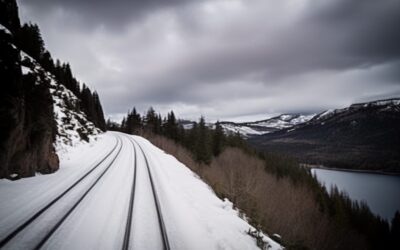Today marks the official start of spring. The groundhog may have lied about an early spring this year, but today we celebrate warm weather and hopefully an end to the rain. The amount of daylight has been increasing each day after the winter solstice. After the spring equinox, many places will experience more daylight than darkness each 24-hour day. The amount of sunlight each day will continue to increase until the summer solstice in June when the longest period of daylight occurs.
Equinoxes are the only two times each year that the sun rises from the east and sets in the west for everyone on Earth! The word equinox comes from the Latin word for “equal night”. On the equinox, the length of day and night is nearly equal in all parts of the world.
There are two types of seasons that start at two different times. There are the astronomical seasons and the meteorological seasons. The spring season associated with the vernal equinox, called astronomical spring, occurs on or around March 20 in the Northern Hemisphere. Still, meteorologists recognize March 1 as the first day of meteorological spring, based on annual temperature cycles and the Gregorian calendar.
Earth’s orbit around the sun causes the lengths of the astronomical seasons to vary between 89 and 93 days. These variations in season length and season start would make it challenging to consistently compare weather from previous years. Hence, meteorologists look at the seasons as static for three months to better compare and predict weather patterns. With the spring equinox, hopefully, sunshine will finally replace all this rain.
More Helpful Articles
Play Ball?
The San Francisco Bay Area is home to the newest state-of-the-art sports arenas and championship-winning teams. With six teams competing in the NBA, NFL, MLS, NHL, and MLB, the Bay is a great place to be as a sports fan, and the wintertime is the perfect time to enjoy...
Dreaming of a White Christmas?
As we get closer to the holiday and ski season, many Bay Area residents will be excited to experience colder winter temperatures outside of the Bay Area. With Lake Tahoe so close, it is easy to enjoy the cold without having to live in it, but, sometimes, it can be...
Bringing the Bay Area Home for the Holidays
Thank You for your support this year!More Helpful Articles






Recent Comments